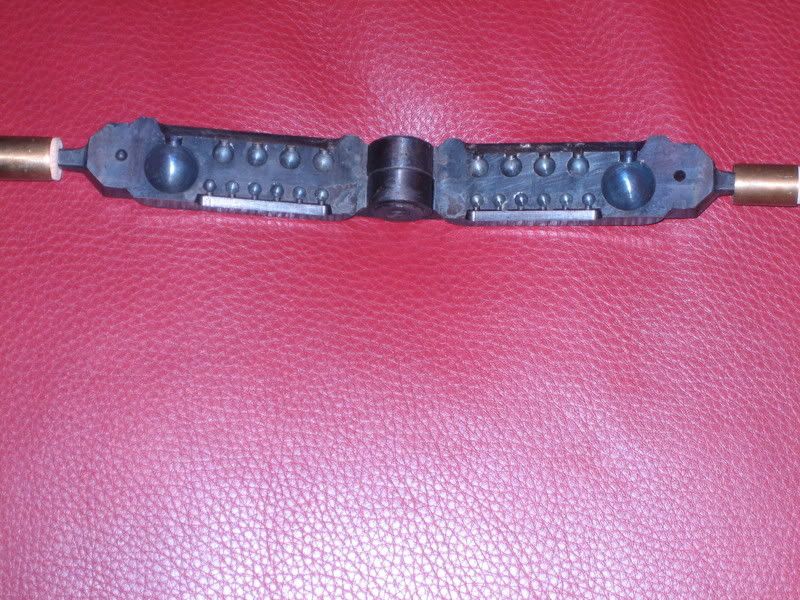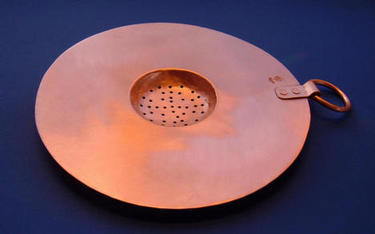- Joined
- Aug 22, 2004
- Messages
- 1,366
- Reaction score
- 190
The thread below about running ball got me to thinking about shot. Is there any reasonable way to make shot at home, without building a drop tower? I've seen gang moulds for 00 shot or so, but I'm just wondering about possibilities for smaller shot, for say squirrel or rabbit or fowl.
Just curious. Could be an interesting exercise in possibilities.
(As a side note, did the colonials / frontiersmen ever make their own, or did they just buy it?)
Just curious. Could be an interesting exercise in possibilities.
(As a side note, did the colonials / frontiersmen ever make their own, or did they just buy it?)







